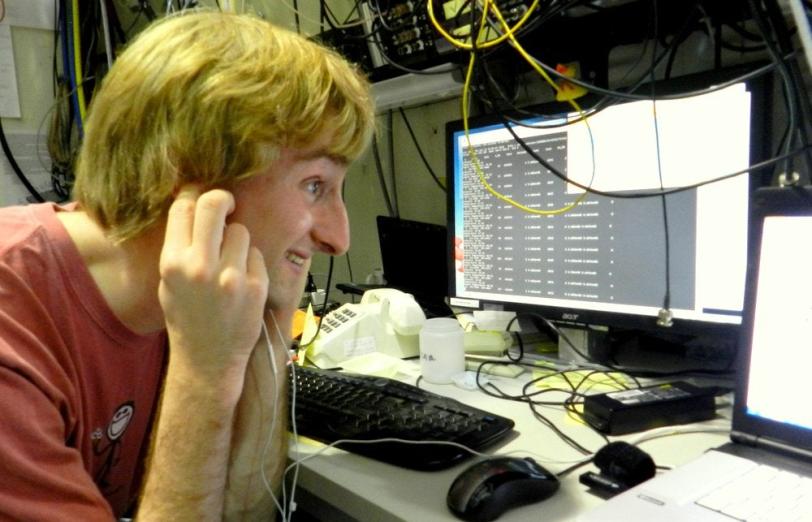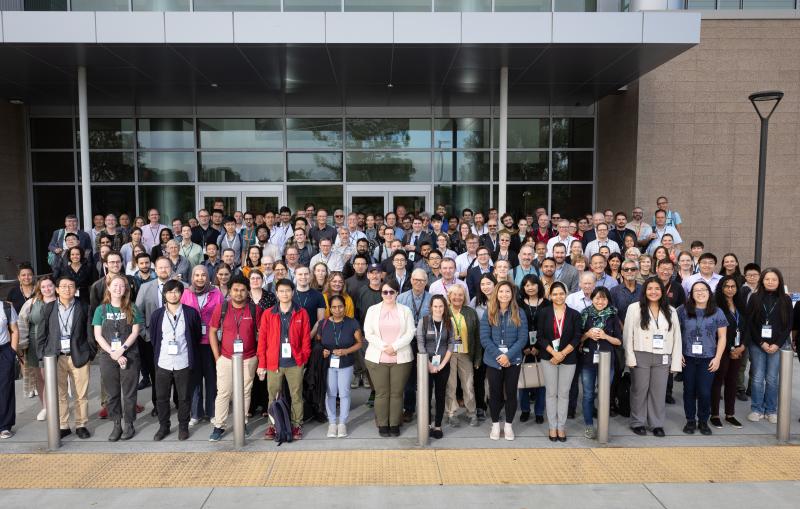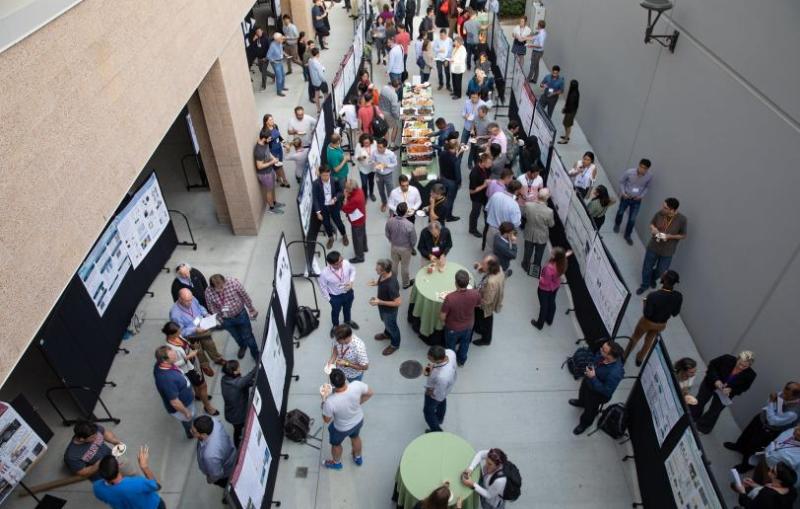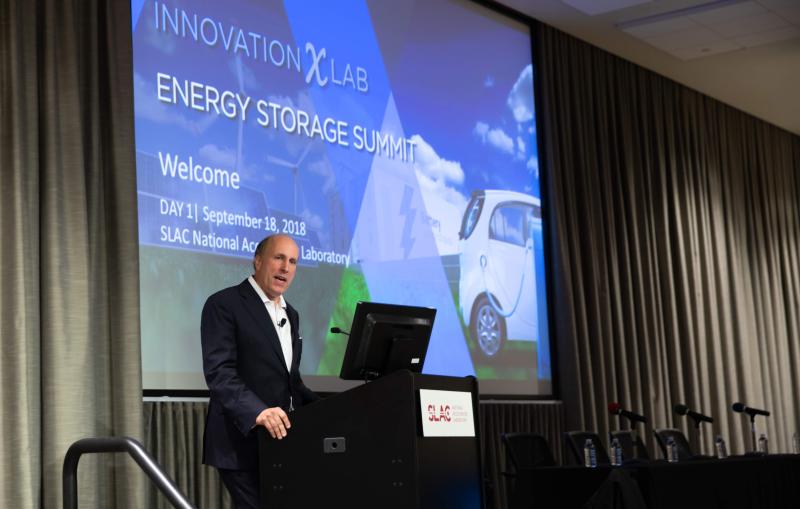Researcher Wins X-ray Science Award for SSRL Work Aiding Chemistry Studies
A postdoctoral researcher, whose work at SLAC's synchrotron was key in adapting an X-ray technique to probe chemical bonds in new ways, will receive an annual scientific award.
Chris Pollock, a postdoctoral researcher at The Pennsylvania State University, whose research at the Department of Energy's SLAC National Accelerator Laboratory was key in adapting an X-ray technique to probe chemical bonds in new ways, has been named the latest recipient of an annual scientific award.
Pollock will receive the Melvin P. Klein Scientific Development Award in an Oct. 9 ceremony at the LCLS/SSRL Annual Users' Meeting and Workshops.
Established in 2006, the award honors the late University of California, Berkeley, biophysicist who studied photosynthesis. It recognizes work by postdoctoral fellows, graduate students or undergraduate students at SLAC’s Stanford Synchrotron Radiation Lightsource (SSRL), a DOE Office of Science User Facility.
"I was super-surprised to see the email from the award committee that said, 'Congratulations,'" Pollock said. "I'm very happy and appreciative that I was chosen."
The researcher had his first hands-on experience in X-ray science at SSRL five years ago, while pursuing his PhD at Cornell University. Pollock was part of a team that used X-rays to explore the electronic structure of an iron-containing compound. "It was very much a 'fly-by-the-seat-of-your pants' kind of learning experience," he said. "It was a fun and intense way of doing science. I got hooked and I've been doing it ever since."
SSRL has been an ideal venue for his work, he said, because researchers can test samples with several X-ray techniques during the same visit. "You can get all of the data you need to tell the complete story," he said.
In past work at SSRL, Pollock helped to adapt and improve a technique for studying chemical bonds that form in metal-containing enzymes, such as those that sustain Earth's nitrogen and carbon cycles.
That technique, dubbed "valence-to-core X-ray emission spectroscopy," precisely measures the wavelengths or "colors" of light released when X-rays strike samples, causing electrons in selected atoms to seek different positions and give off energy as light.
The emitted light, Pollock found, can reveal important details about molecular bonds that are useful for understanding catalysis and other chemical reactions, the precise arrangement of atoms in molecules, and the configuration of their electrons.
”We found this technique is very powerful and able to answer a lot of long-standing questions,” he said. “It opened up a lot of unique possibilities for chemists."
A key aspect of Pollock's research, which has already generated eight scientific publications, came in the form of detailed computations that correlate data from X-ray experiments with a map showing the arrangement of electrons within a molecule – a sort of rulebook for the molecule's chemical interactions.
"The analysis had lagged pretty far behind what people could do experimentally," he said.
Serena DeBeer, a chemistry professor at the Max Planck Institute for Chemical Energy Conversion in Germany who served as Pollock's PhD advisor, wrote in a letter of recommendation for the Klein award, "Chris is truly an excellent experimentalist and a real supporter of synchrotron science. He is able to understand the power and novelty of synchrotron spectroscopy, and through his PhD has deepened our insights into the information that can be extracted."
Pollock said he looks forward to continuing developments for X-ray techniques relevant to biochemistry, and he is planning new experiments at SSRL and other synchrotrons.
"I'm excited to see some of the directions that the techniques are going in," he said. "Things have developed quite a bit in the past five years."
Pollock's research at SLAC benefited from the Structural Molecular Biology Program at SSRL, which is funded by the National Institutes of Health and the DOE Office of Science.
Contact
For questions or comments, contact the SLAC Office of Communications at communications@slac.stanford.edu.
SLAC is a multi-program laboratory exploring frontier questions in photon science, astrophysics, particle physics and accelerator research. Located in Menlo Park, Calif., SLAC is operated by Stanford University for the U.S. Department of Energy's Office of Science.
SLAC National Accelerator Laboratory is supported by the Office of Science of the U.S. Department of Energy. The Office of Science is the single largest supporter of basic research in the physical sciences in the United States, and is working to address some of the most pressing challenges of our time. For more information, please visit science.energy.gov.






